Rococo Why? Rococo architecture When, where and how was it created? Here it is in full detail. Rococo art And The most famous Rococo buildings in the world :
What is Rococo?
Rococo The word is made up of the French words “rocaille,” meaning “stone,” and “coquillage,” meaning “conch shell.” At the time of its creation, rococo was used in the sense of “outdated”. The word rococo that we know today; It is used to express a specific style in various fields such as architecture, art, furniture and music.
In this article we will examine the architectural reflections of Rococo art, perhaps the first architectural style to influence the interior design of homes.
Note: Briefly from prehistory to the present History of architecture Epochs and architectural styles from A to Z Don't forget to read our article!
When and where did Rococo architecture emerge?
Rococo architecture emerged in Paris in the early 18th century. As in many art movements, the Rococo manifested itself as a critical examination of the characteristics of Baroque architecture, which represented the previous movement. If we look at it chronologically, Rococo architecture emerged at the end of the Baroque architectural movement and was replaced by Neoclassicism towards the end of the 18th century. Rococo was not only an architectural movement, but was also founded by the French King Louis XIV. It refers to the period from the death of Louis XIV in 1715 to the French Revolution in 1789. In fact, some sources consider the 18th century to be the Rococo period.
One of the first known examples of this light and curved line decoration approach, which differs significantly from classical decorations in the decoration field, can be seen in the hall decoration of the Hotel de Soubise in Paris.
Although Rococo architecture first appeared in Paris, thanks to traveling artists, this style, which emerged in a relatively peaceful environment, soon began to appear in countries such as England, Germany, Russia, Austria and Spain, as well as France.
Why and how did Rococo architecture come about?
Rococo architecture dates back to the 14th century, the so-called “Sun King”. It came about because the nobles living in Louis XIV's palace were bored with Baroque architecture and were looking for innovation. Court members who had to live in the Palace of Versailles found themselves either in cramped and dilapidated residences in the palace or in poor living conditions in the city. During this period they suffered greatly from the heavy and gloomy interiors designed by Le Brun in the classic Baroque style.
Because of their influence, XIV. With the death of Louis, a large emigration from Versailles began. The nobles left Versailles, moved to the center of Paris and built spacious houses and hotels on the outskirts. These structures heralded the new freedom in residential design. The Hotel de Matignon, designed by Jean Courtonne in 1722, is one of the best examples of this.


What are the characteristics of Rococo architecture?
The Rococo style, which at first glance conveys a sense of curiosity and peace, unlike Baroque architecture, contains interiors and residential houses, hotels, etc. rather than religious elements. It showed in the structures. Rococo; The richness and aesthetic designs of flowing, curved shapes stands out with. Bright colors and spacious atmospheres dominate The general characteristics of Rococo architecture are briefly as follows:
- Using C and S curves in decorations
- Use of shell, leaf, bird and plant motifs
- Lines inspired by the curves that flowers and grass form as they grow
- Surfaces covered in mirrors and jewels
- Asymmetrical and irregular elements
- Excessive use of white gypsum plaster
- The exterior design of the buildings is simple and the interior design is detailed.
- Using Chinese and Japanese style patterns and orientalist designs
- A simpler, simpler and softer style compared to Baroque architecture
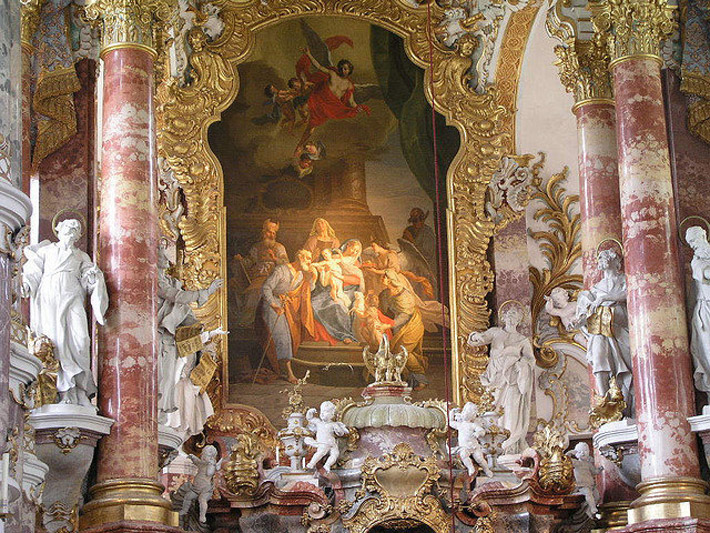
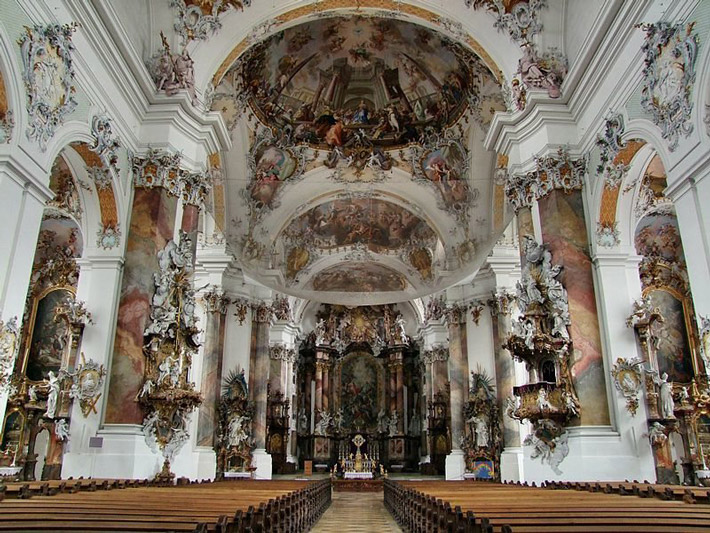
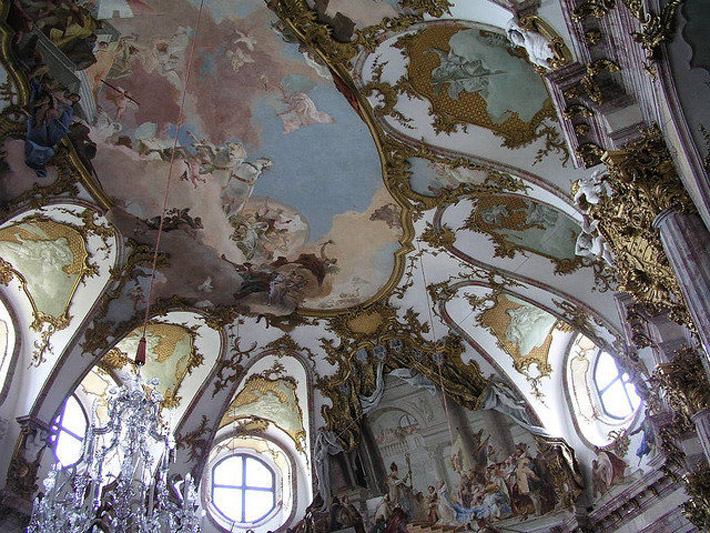
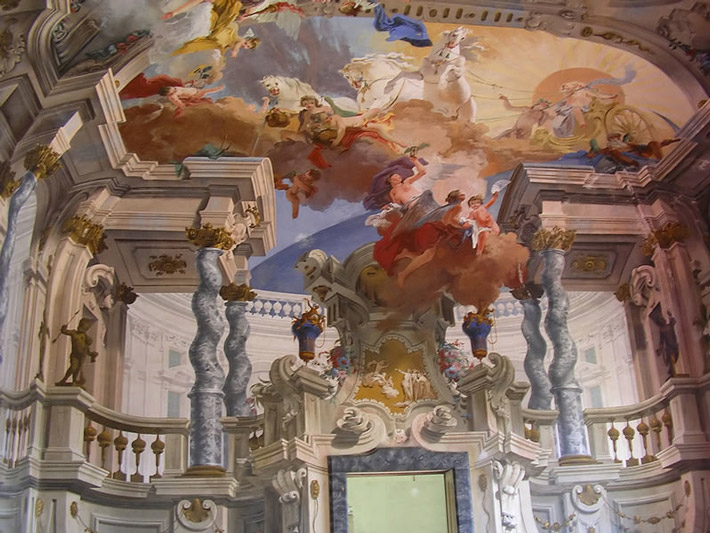
What are the differences between Rococo architecture and Baroque architecture?
Although at first glance it may seem that they are stylistically similar because they are similar movements that came one after the other, Rococo and Baroque architecture There are some fundamental differences between them. We can list the main differences between these two styles as follows:
- The religious element is more dominant in the basis of Baroque architecture and serves to glorify the Catholic religion against Protestantism. The basis of Rococo architecture is the beautification of living spaces.
- While Baroque architecture is more focused on pomp, splendor and splendor; In the Rococo style, the focus is on simplicity and the creation of spacious spaces.
- Rococo architecture uses asymmetrical curves and C- and S-shaped folds. The use of such folds is rare in Baroque architecture.
- The use of natural figures and floral figures is widespread in Rococo architecture. Flower figures are hardly preferred in Baroque architecture.
- Elements of Chinese and Japanese culture are used in Rococo style decorations. This type of use is not possible in baroque architecture.
- While Baroque architecture originated in Rome (Italy), the Rococo style originated in Paris (France).
- The basic element of Rococo architecture is interior design. Baroque architecture is a very important style in both landscape design and interior design.
Examples of Rococo architecture from Europe:
Amalienburg Palace, Munich, Germany
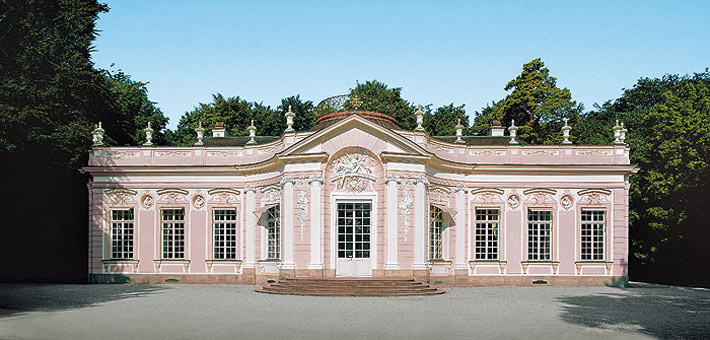
The Rococo style was influential in Germany from 1730 to 1770. It first became visible in Germany under the influence of traveling French architects and decorators, as well as those who followed the French press. German architects adopted the Rococo style, but preferred to use it in a more asymmetrical and ornate manner than the French style. White and light pastel walls without right angles are decorated with decorative elements of gold and silver. The first significant building was the Amalienburg castle and hunting lodge in Munich, which was completed in 1739 by the French architect François de Cuvilliés.
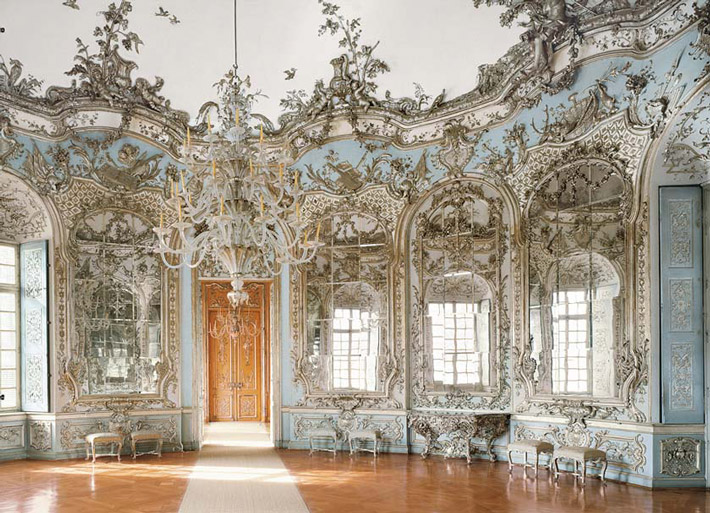
Branicki Palace, Warsaw, Poland
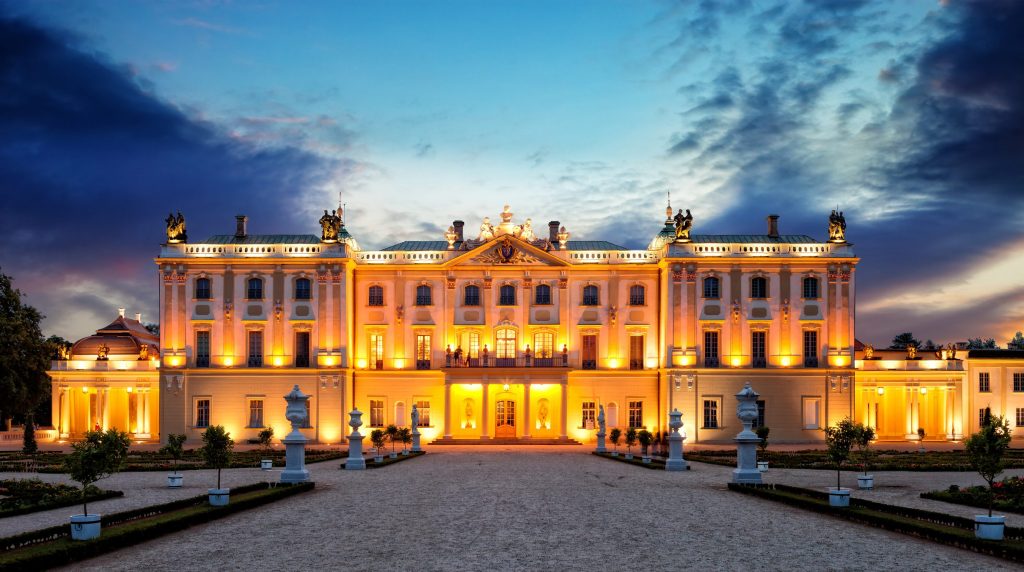
In Poland there are various architectural works in the Rococo style, which has similar characteristics to Germany. The most important of these is the Branicki Palace in Warsaw, known as the Versailles of Poland.
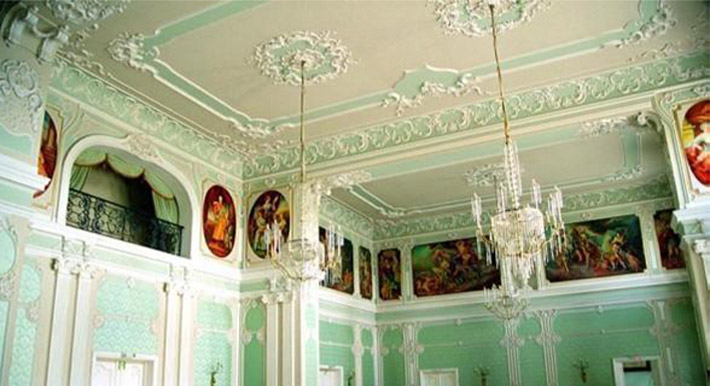
Catherine Palace, St. Petersburg, Russia

The palace, restored in the Rococo style by Empress Catherine, wife of Peter I, also known as Peter the Deli, was completed in 1756. It is stated that approximately 100 kg of gold was used in the interior decoration during the restoration. The palace is one of the most magnificent works of Rococo architecture. For a time it was called the Versailles of Russia.
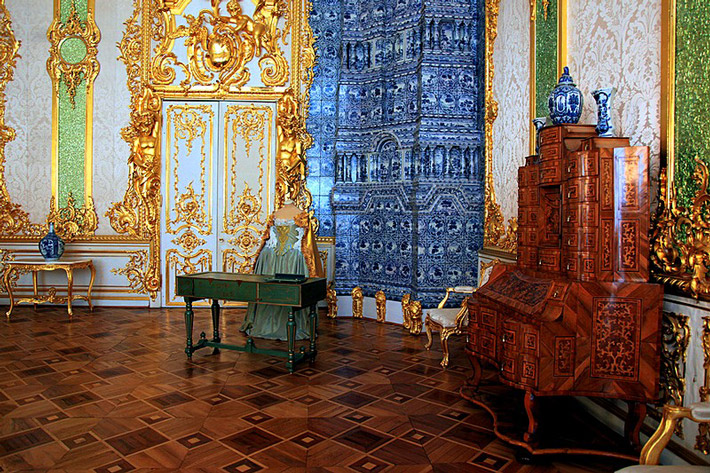
Important buildings where Rococo architecture is applied in Turkey:
In our country, the Rococo style in France dates back to the 15th century. Louis' gifts, which reflected the artistic characteristics of the period, were presented to Sultan III. handed over. After he sent it to Ahmed, it became visible. Although the Rococo style did not initially receive widespread approval, it began to take its place in decoration and gained a permanent place in Ottoman architecture.
Some Rococo practices carried out during this period;
- Dolmabahçe Palace Examination HallThe arches, flower vases and a curved ornamental belt of cartouches, oyster shells and vases on the edge of the dome reflect the decorative features of the Rococo style.
- Dolmabahce Mosque in the decorations inside; The Rococo style is evident in large leaves, branches and bouquets of flowers.
- Ortaköy MosqueIn addition to the Rococo-style reliefs on the facades of the mosque, we recognize the Rococo style in the shapes reminiscent of oyster shells and the green branches between them.
- Again Küçüksu Pavilion, Ihlamur Pavilion, Beylerbeyi Palace, Şale Mansion in Yıldız PalaceThere are rich examples of Rococo decoration in the rooms and hall.